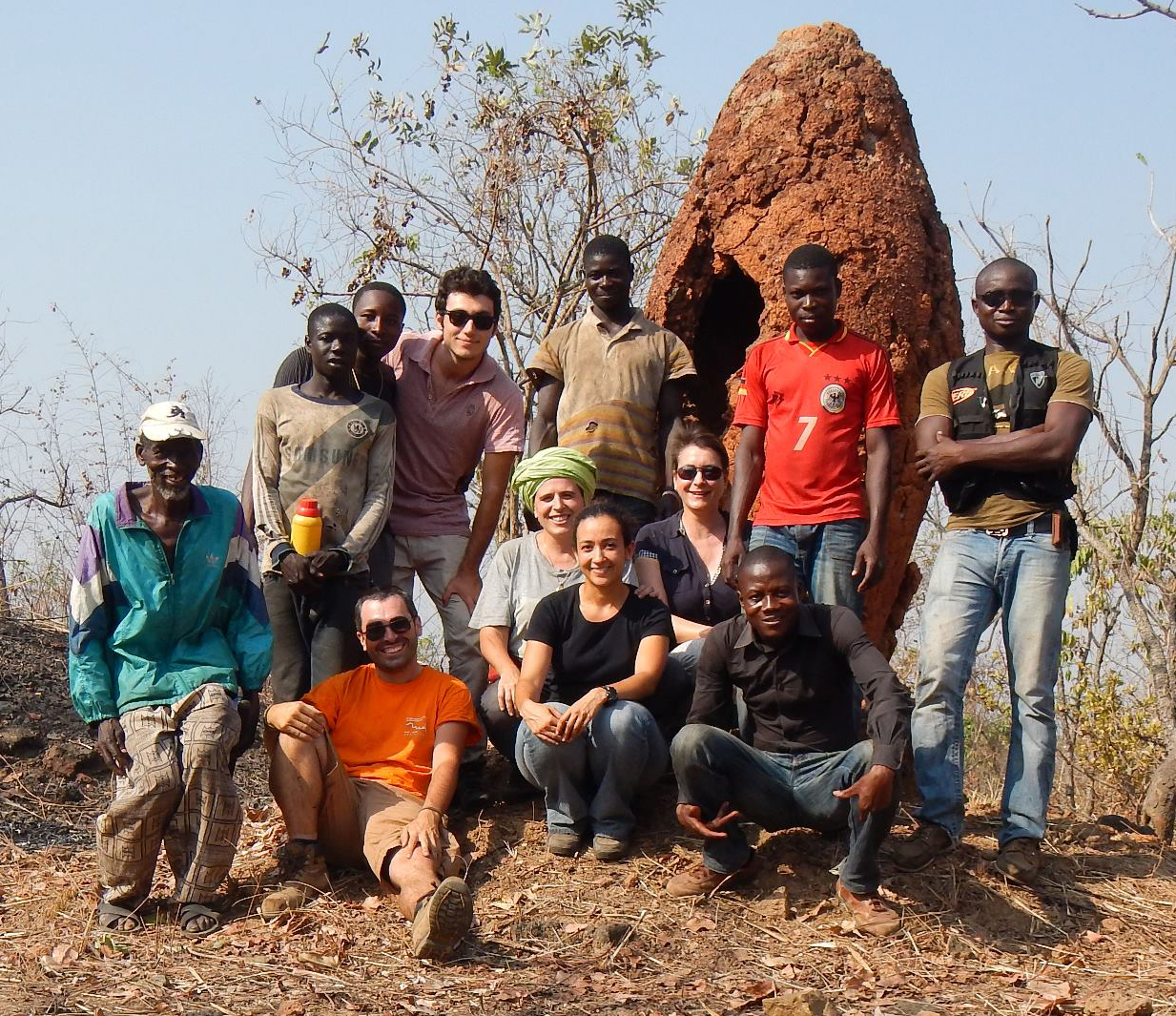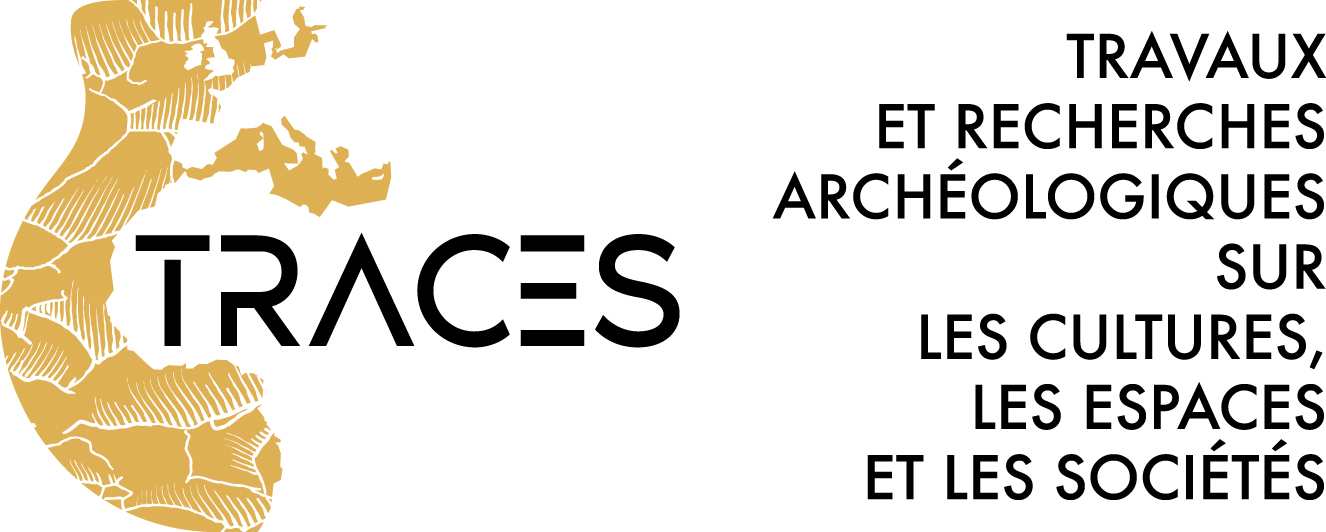-
Partager cette page
SIDERENT - Sidérurgie et Environnement au Togo
Stratégie d’exploitation des ressources naturelles dans le cadre d’une production du fer ancienne et intensive (région bassar, Togo)
Coordinatrice
C. Robion-Brunner (CNRS-TRACES)
Membres
S. Dugast (PALOC-IRD)
T. Aboki (GMS/LPCS-CNRS)
Y. Le Drezen (PRODIG-Univ)
M.-P. Cousture (TRACES-Univ)
P. de Barros (Paloma College-Univ)
I. Dipo (Kara-Univ)
V. Robert (LGP-CNRS)
D. Beziat (GET-Univ)
R. Soulignac (TRACES-Postdoctorante)
B. Eichhorn (TRACES-IR)

Nous ne pouvons plus attendre. Le pays Bassar au nord Togo est un lieu exceptionnel pour étudier l’histoire des forgerons et l’impact de leurs activités sur la société et l’environnement. Malgré la disparition de la sidérurgie traditionnelle pourtant ancienne et intensive, la mémoire en est encore vivante et régulièrement étudiée, et la qualité du minerai attire de nouveau les industriels. Ce patrimoine humain et matériel nous échappera si une équipe internationale (France, Togo, Etats-Unis) et interdisciplinaire (ethnologie, archéologie, archéométrie, géologie, métallurgie, géographie et anthracologie) ne s’investit pas rapidement dans cette région. Les recherches déjà effectuées et en cours nous permettront d’aller directement à l’essentiel.
Après l’agriculture, la métallurgie du fer révolutionna profondément les schémas organisationnels, économiques et technologiques des communautés humaines. Sa généralisation transforma durablement terroirs et territoires. Si ce principe est aujourd’hui admis, son ampleur et sa chronologie restent encore très largement méconnues. Le pays Bassar offre un cadre unique pour avancer sur ces questions.
Le projet SIDERENT est diachronique et a pour objectif :
- étudier la technicité, les volumes, la qualité du fer produit ;
- étudier les modalités de gestion des ressources naturelles ;
- étudier l’impact de la sidérurgie sur la société et l’environnement.
Le pilier central du projet SIDERENT, sur lequel repose sa force et son ambition, est de répondre à des questions d’interaction Homme-Milieu par l’étroite association de toutes les familles scientifiques (humaine, naturelle et physique).
We cannot wait much longer. The Bassar region in Northern Togo is an exceptional place to study the history of ironworkers and the impact of their activities on the society and the environment. In spite of the disappearance of traditional ironworking, its memory is still alive and regularly studied and the high quality of Bassar ore still attracts modern industry. This human and cultural heritage will soon be lost if an international (France, Togo, the United States) and interdisciplinary (ethnology, archaeology, archaeometry, geology, metallurgy, geography and anthracology) team is not deployed to this region. Previously completed and current research will allow us to get straight to the essentials.
We cannot wait much longer. The Bassar region in Northern Togo is an exceptional place to study the history of ironworkers and the impact of their activities on the society and the environment. In spite of the disappearance of traditional ironworking, its memory is still alive and regularly studied and the high quality of Bassar ore still attracts modern industry. This human and cultural heritage will soon be lost if an international (France, Togo, the United States) and interdisciplinary (ethnology, archaeology, archaeometry, geology, metallurgy, geography and anthracology) team is not deployed to this region. Previously completed and current research will allow us to get straight to the essentials.
After agriculture, iron metallurgy profoundly revolutionized the organization, economy and technology of human communities. Its widespread adoption forever transformed soils and landscapes. These effects are currently accepted today, but the scale, intensity and chronology are still not well understood in many respects. The Bassar region offers a unique framework for advancing on these issues.
The SIDERENT project is diachronic and its main aims are:- To study the technoly, volume and quality of the iron produced;
- To study the methods of natural resource exploitation;
- To study the impact of this ironworking on the society and the environment.






